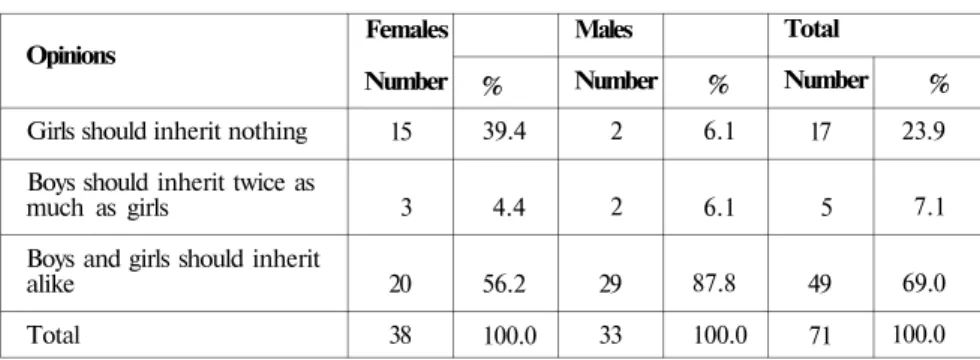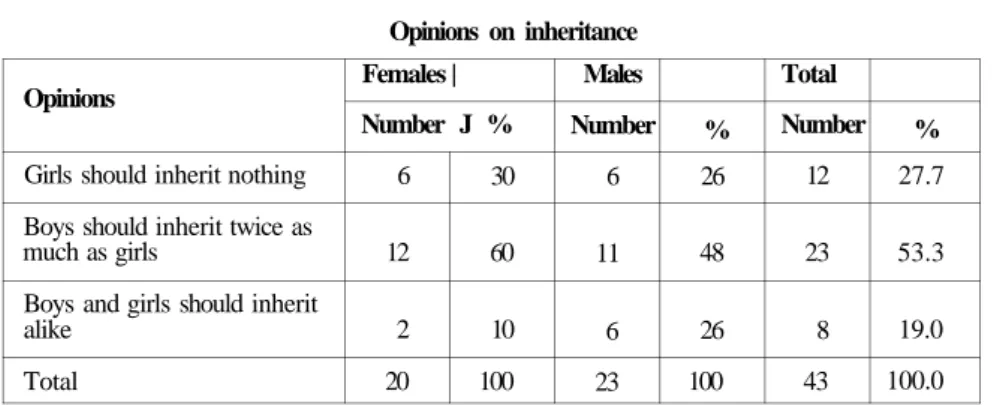Başlık: A PSYCHO-SOCIOLOGICAL RESEARCH ABOUT THE ATTITUDE CHANGES IN DIYARBAKIR VILLAGESYazar(lar):BAŞARAN, FatmaCilt: 7 Sayı: 0 Sayfa: 153-171 DOI: 10.1501/Felsbol_0000000071 Yayın Tarihi: 1969 PDF
Tam metin
Şekil




Benzer Belgeler
A study of nurses''job-related empowerment: A comparison of actual perception and expectation among nurses.. The purpose of this study is to explore
可抑制血管收縮素 II 所刺激的 HIF-1α 增加,血管收縮素 II 應是經由 PI3-K 路 徑而造成 HIF-1α 堆積,且 HIF-1α 表現與血管增生有關,因此血管收縮素 II 可能經
Özel eğitimde müzik alanına ilişkin yapılmış olan tez, ulusal ve uluslararası makalelerin konuları bakımında en fazla eğitim ve öğretim alanında yapıldığı,
Dersleri izleyen matematik öğretmeni “Sizce yaratıcı drama temelli matematik öğretiminin olumlu yanları nelerdir?” sorusuna öncelikle öğrencilerin
Using a sample of 36 Tunisian listed companies over the period 2008-2015 and performing the PSTR model as econometric approach, the aim of this paper was to determine to optimal
Prior to the treatment, immediately and 3 months later pain severity during rest and physical activity was assessed with visual analog scale (VAS), TP tenderness was measured with
Kalça ekleminin harabiyeti ile sonuçlanan ve hastalarda günlük hayatlarını olumsuz etkileyen şiddetli ağrıya neden olan hastalıkların konservatif tedavilerden yarar
The purpose of our study was to investigate the effects of the competitive flow, by measuring both the volume and velocity in the jugular vein bypass grafts, placed in the



